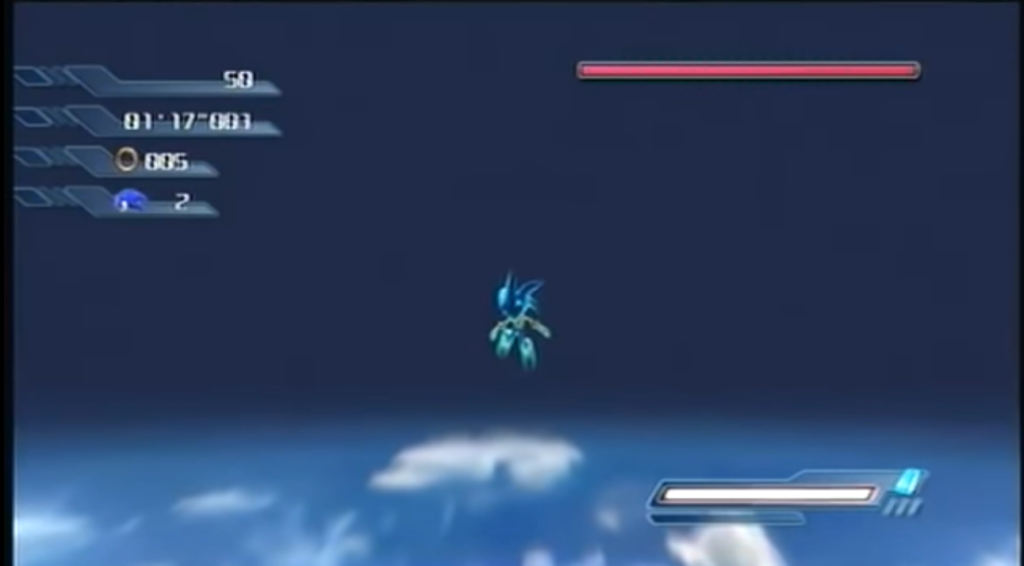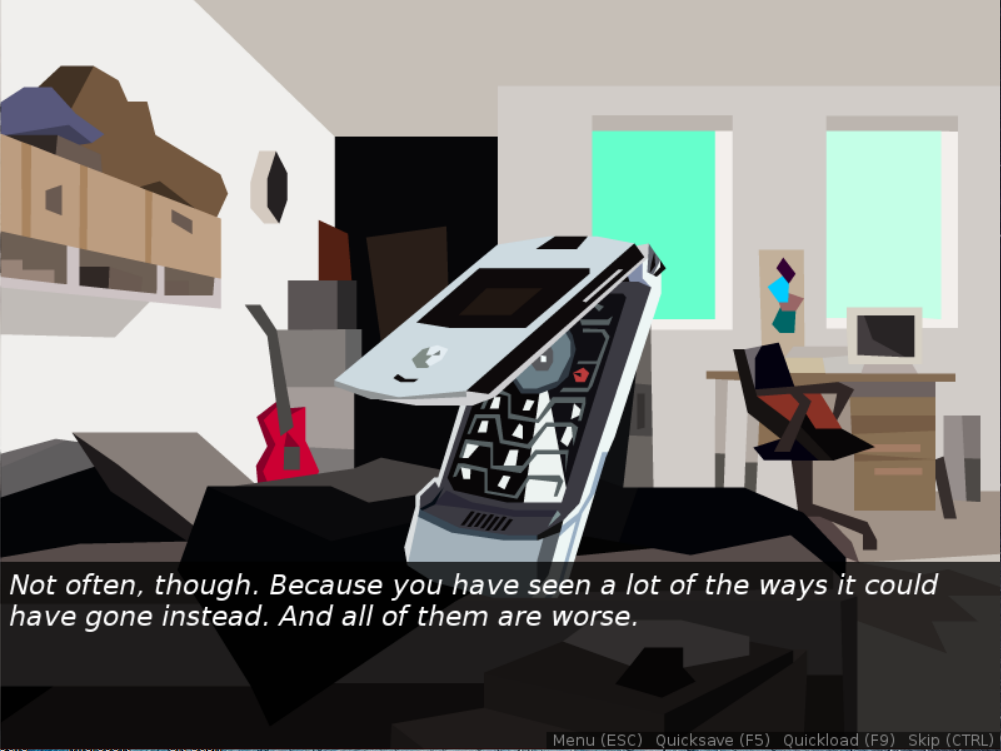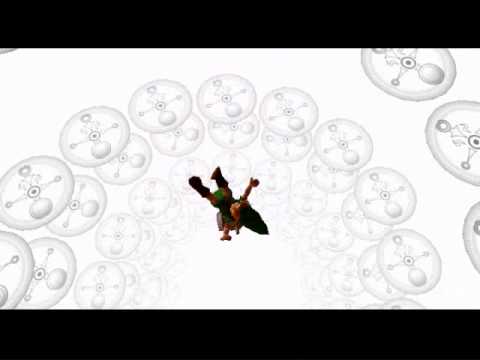During the discussion of Thursday’s class, we seemed to reach an understanding that what defines time loop games as a ludic genre is that it changes the way the player acts, encouraging them to play more experimentally without worrying about consequences.
However, in the discussion section, it seemed that several of us weren’t thoroughly convinced by this argument, since this style of play isn’t very different from how most failure intensive genres are played, and is how many people play games in general: saving, experimenting, and resetting. Because of this I wanted to look at two things that generally seem to differentiate most time loop games from other genres.
First is item retention. Whether it’s physical objects like the masks in Majora’s Mask, or information like the Phone Numbers in 12 Minutes, one hallmark of time loops is the retention of objects that influence the way the next loop is played. These give us new choices to make or give us access to new regions, particularly ones that aren’t available until we move to the next loop, for instance, in 12 Minutes, by the time you obtain the Bumblebee’s phone number, it’s too late to do anything with it, you have to call her on the next run.
Of course, this is something we see in other genres as well, most notably rogue-lites. For instance, in Dead Cells, you obtain runes that grant you access to new biomes that you can only reach on the subsequent loop. However, in this game there’s still a clear path that can be taken through the biomes without using a single rune, these are options, not requirements.

This is the difference between the way items are carried between loops in rogue-lites and time loops. In time loops, it’s necessary to obtain these types of items to progress in the game, while in a rogue-lite the carry overs are designed to make completion of the game easier, but it’s fully possible to go without them.
This directly causes the next important trait of a time loop: the reset isn’t just a mechanic, it’s a requirement. Because time loops actually require the carry over of information in the game, they can’t be beaten in the first loop, no matter how experienced the player.
There are plenty of games where death and resets feels unavoidable, whether that’s for the purpose of difficulty as in Dark Souls, poor design and soft-lock potential as in Sonic 06, or risk of crash as in most games by Bethesda. However, these games still treat this type of resetting as a failure state, not a part of the game’s natural progression, if you were playing optimally, you wouldn’t need to take these resets.

Rogue-lites go further, treating deaths and resets as a tool for progression. However, you can still beat them from the first loop, these deaths help make the game easier, but aren’t a necessity. Hades and Dead Cells made the most heavy use of loop progression of the rogue-lites we looked at in class, giving large amounts of items and upgrades that are only available on later loops. Despite this, the best players can start up a new game and beat it without dying; the loop mechanic exists, but it’s not necessary to go through the game.
new Twitch.Player(“twitch-embed”, { video: “1048996202” });Speedrunning Dead Cells only goes through a single loop. Video from https://www.twitch.tv/vor_d
On the other hand, in time loop games it’s almost always required to make use of the loop mechanic to progress. For instance, in Majora’s Mask, no matter how well you play you need at least one loop to obtain certain items like the Ocarina of Time. Or in 12 Minutes, you need a minimum of six loops to open up all the dialogue options necessary to beat the game. Or in Save the Date, where the dialogue options only take you to the game’s “good ends” after you’ve gained certain pieces of information and reset several times.

I believe that this is what defines the ludic genre of time loops, not the player experimentation of time loops, but the ability for the player to carry things over between time loops and the requirement to do this to complete the game.


I totally agree with your point in the sense that for Hades, Dead Cells, from the purely game-centric perspective, players could just use one run to finish the game whereas, for 12 minutes, the looping in time is inevitable. It is a MUST. I understand that others could argue that except really experienced players, almost all the audiences would go through a similar loop when playing rogue-like games, and time-loop only adds an additional layer to the narrative. Then I would like to ask even it’s a narrative genre, can’t it be included as a “genre”? Horror could be defined as a narrative genre since it does not have a distinctive play mechanism.
These are two excellent key aspects of the ludic genre of time loops. As stated many times in class, time loops appear in many different mediums, so it’s nice to have game-specific aspects to look for while playing these games. However, these ideas can definitely be translated in to other mediums as well. Time loops like the Second Season of The Good Place rely on some people retaining physical objects through the time loop to pass on to others. Groundhog Day’s plot relies heavily on retention of information between loops. All time loop movies and tv shows must show the time loop a character is stuck in at least once before they break it. These don’t feel as important for non-video game mediums, which is why I greatly appreciate that a you put the word ludic in front of these necessary parts of time loops!